
Install a rootstock barrier
to limit invasive roots
Contents
Many bamboo varieties are running, which means that bamboo rootstock tends to rapidly proliferate, allowing plants to spread in the garden. Before planting a plant with an underground rootstock, such as bamboo, it is therefore recommended to install a rootstock barrier that will allow you to control its spread.
But beware, installation of this type of protection must be carried out with care, because your bamboos will take advantage of the slightest gap to escape and spread beyond their allotted space.
Where to install a rootstock barrier?
Logically, the anti-rootstock barrier is installed around the planting area of your bamboo. They are hardy and some can withstand temperatures down to -20°C. However, place them sheltered from cold, dry winds, as they are sensitive to these, preferably in partial shade, and in neutral or acidic soil, without excess lime, rich, moist and well drained.
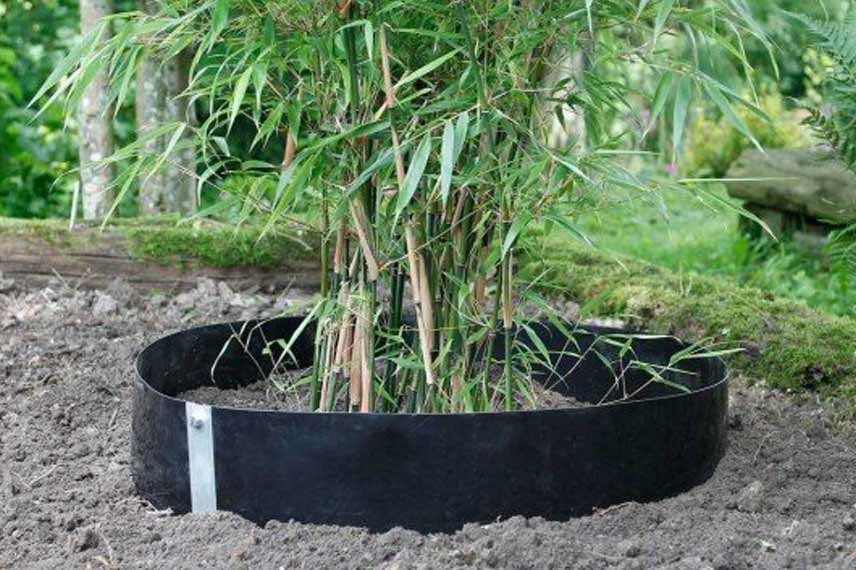
You will therefore install your anti-rootstock barrier into the ground and vertically around the young plant. To increase the density of its culms, a bamboo hedge should be given at least 60 cm width by 1 m depth. The anti-rootstock barrier is therefore installed according to this minimum area.
Read also
Bamboos: plant, pruning, maintainWhen to install an anti-rootstock barrier?
Installing a rootstock barrier should be done just before planting your bamboo. Ideally, plant them in the ground in autumn, after the summer heat, in September/October, or in spring, in March/April.
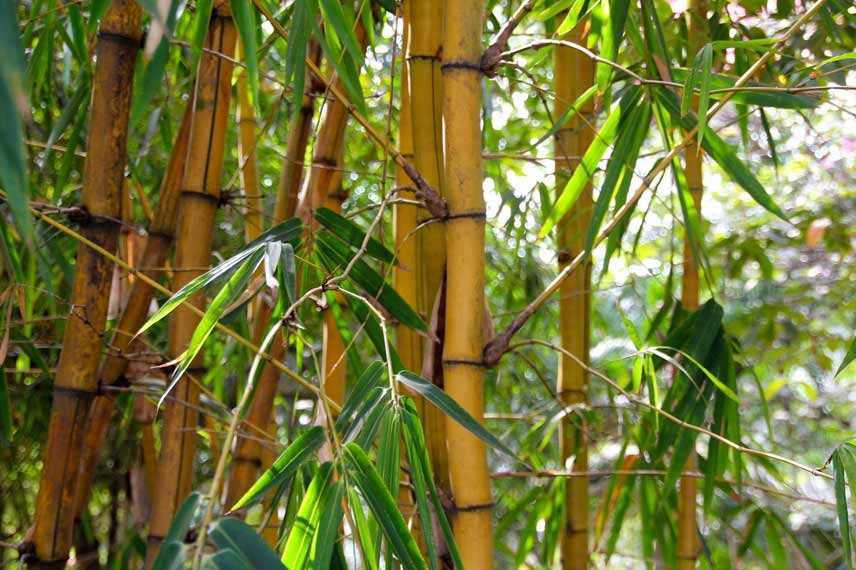
Discover other Root barriers
View all →How to install a rootstock barrier?
First, mark out on the ground the maximum spread of your bamboos. Once done, you can begin to dig the trench that will host your anti-rootstock barrier.
1. Dig a trench
- Dig a trench 30 cm wide and at least 60 cm deep, ideally up to 1 m because bamboo rootstocks are sometimes able to penetrate deep enough into the soil to pass beneath the barrier. Warning: the trench must be 15 to 20 cm less deep than the height of your anti-rootstock liner, so that it protrudes sufficiently from the soil.
- If at this stage you find your subsoil is heavy and compact, lay a 5 cm-thick layer of drainage made of gravel.
2. Position the barrier
- It is time to position your anti-rootstock barrier, angling it outwards from the trench.
- Depending on liner chosen, it may keep rolling up on itself. Hold it in place with metal rods, taking care to remove them once trench is filled.
3. Make the installation watertight
Sealing is key to an effective anti-rootstock barrier! Rootstocks can easily run along the barrier and emerge via the cover if it is not sufficiently sealed.
- Ensure you leave at least 20 to 30 cm of liner for the cover between the two edges of the barrier.
- Backfill the trench containing the anti-rootstock barrier tamping the soil homogeneously.
- Cut now the excess liner, ensuring it extends 5 cm above the soil (rootstocks are also capable of crawling along soil surface when faced with an obstacle).
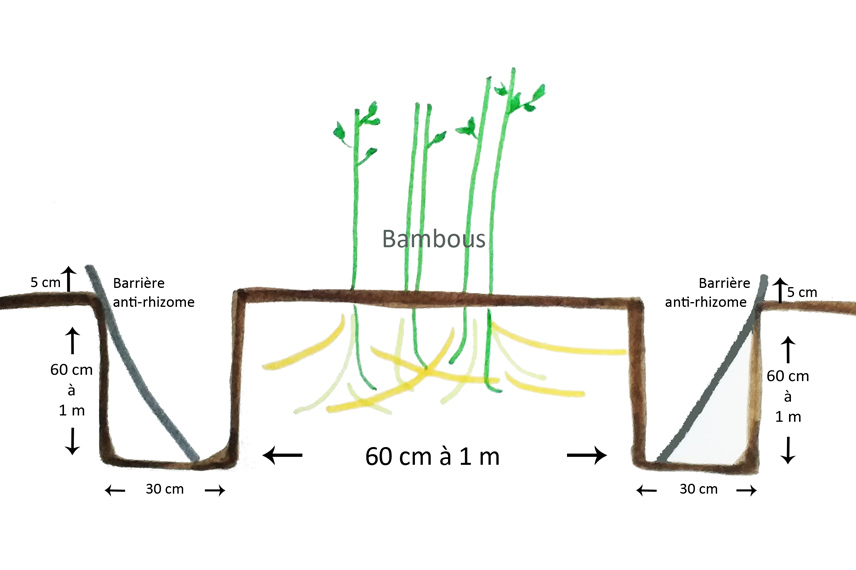
Diagram showing installation of an anti-rootstock barrier
4. Plant the bamboos
Now that the anti-rootstock barrier is in place, all that remains is to plant your bamboos in the area it encloses.
For help, consult our advice on planting, pruning and maintaining bamboos.
Read also
Bamboo: a successful planting in 4 stepsBamboo varieties that require a rootstock barrier
As briefly mentioned in the introduction to this article, some bamboos are inherently running (especially when planted in siliceous soils). This is notably the case for Pleioblastus, Phyllostachys, Sasa palmata, and Semiarundinaria fastuosa.
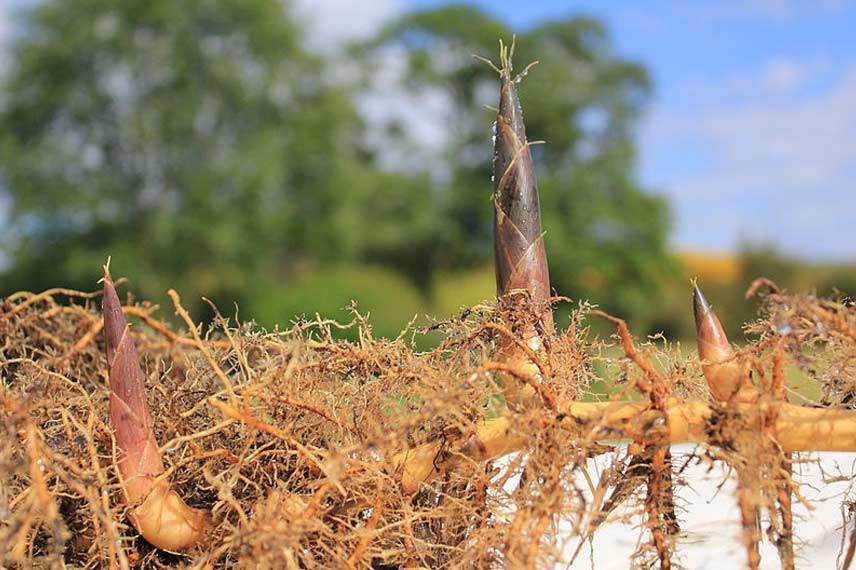
Bamboo shoots with exposed rootstock | © XIIIfromTOKYO
Be aware that other varieties are moderately running, and sometimes not running at all. This is notably the case for Fargesias bamboos, known as clump-forming, which naturally form a well-behaved clump.
Our running bamboo varieties
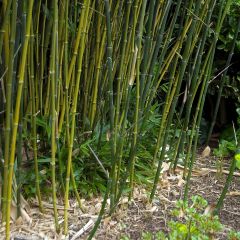
Phyllostachys bissetii - Bamboo
- Height at maturity 6 m
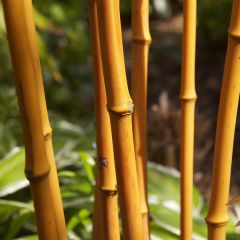
Golden Bamboo - Phyllostachys aurea
- Height at maturity 6 m
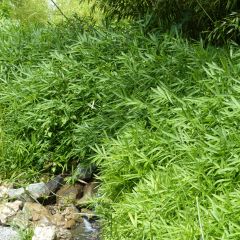
Pleioblastus pygmaeus Distichus - Dwarf Bamboo
- Height at maturity 60 cm
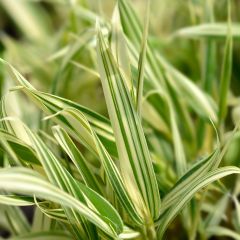
Pleioblastus fortunei Variegatus - Dwarf Bamboo
- Height at maturity 1 m
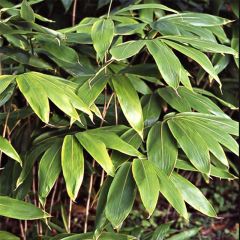
Sasa palmata Nebulosa - Dwarf Bamboo
- Height at maturity 2,50 m

Semiarundinaria fastuosa - Medium-sized Bamboo
- Height at maturity 7 m
Useful link
Find all root barriers available in our online shop.
- Subscribe!
- Contents
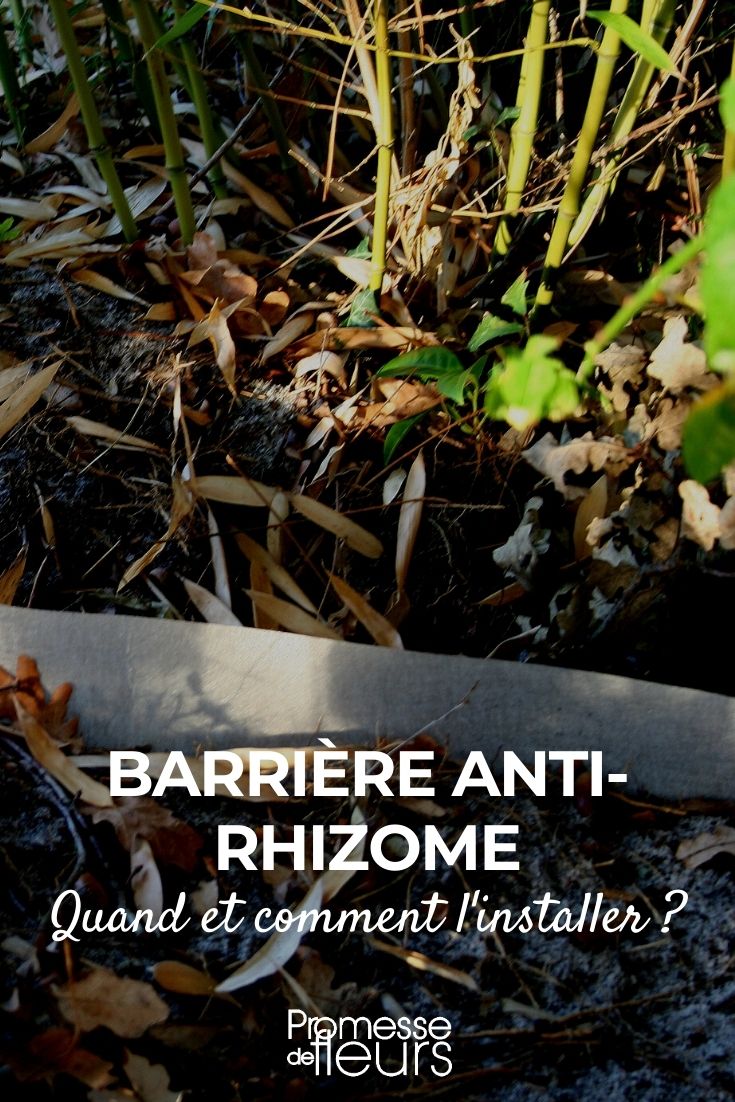































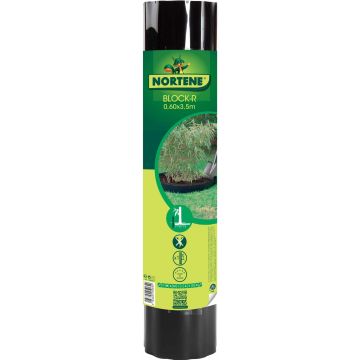
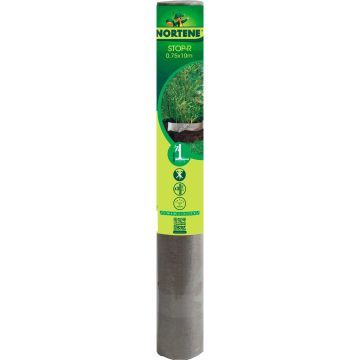
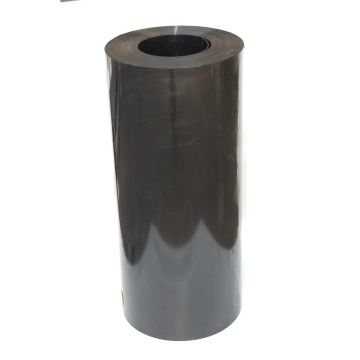
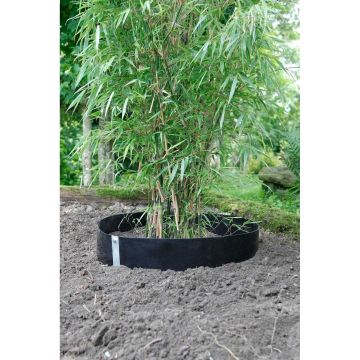
Comments